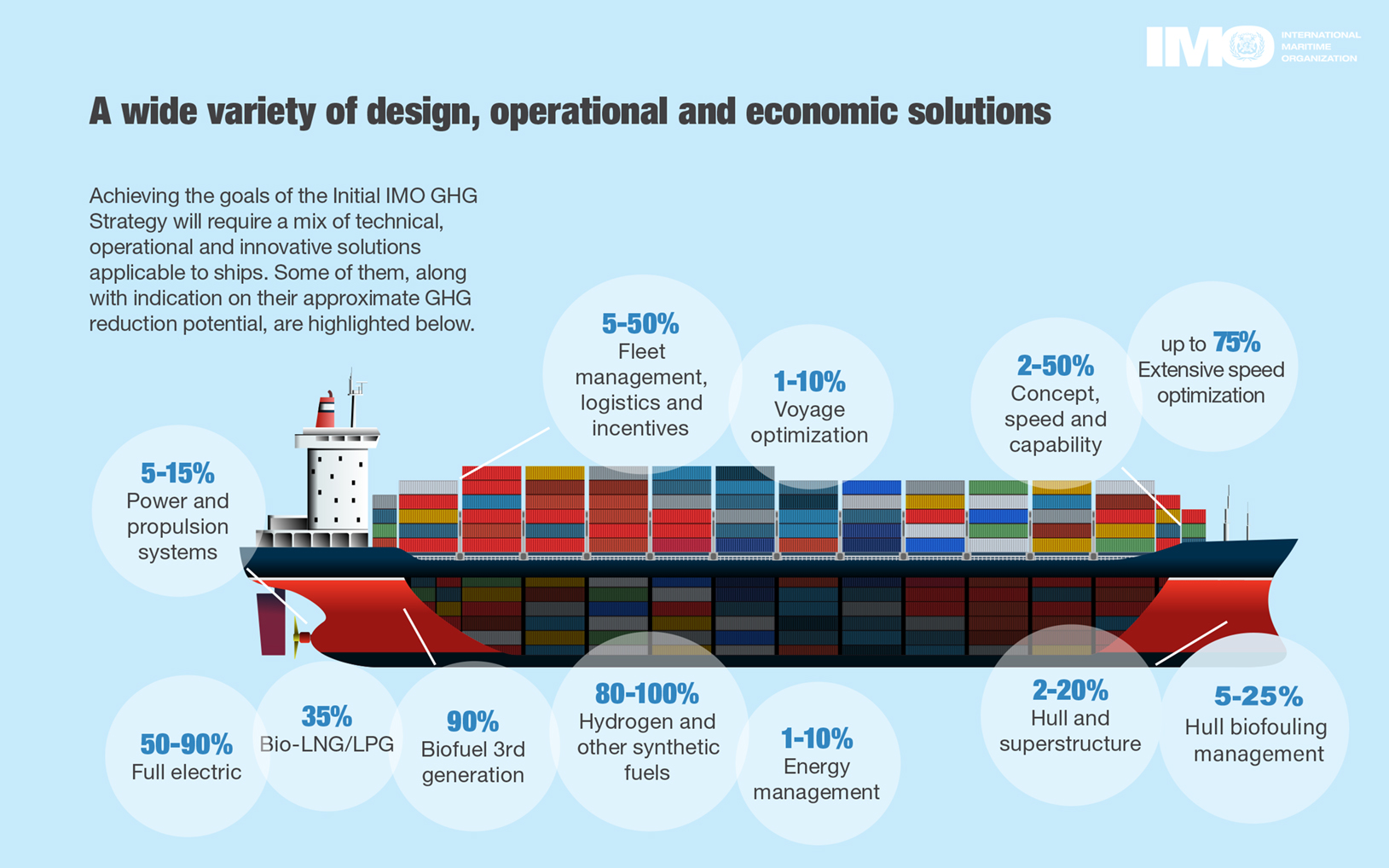Global warming is like a lousy houseguest – it is so loud and indecent that it won’t go away. However, thanks to the scientists acting and working like heroes in DC Comics, there’s hope on the horizon, which comes in the form of green hydrogen. This renewable energy source is like the kryptonite we never knew we needed – capable of fighting climate change and saving the planet, one fuel cell at a time. So, grab your cape, clench your fist and get ready to explore the electrifying possibilities of green hydrogen and its potential to power our world sustainably.
CLIMATE CRISIS
There has been a growing consciousness in recent years of the necessity to switch to renewable energy sources in order to alleviate the effects of climate change. Hydrogen, particularly “green hydrogen” established with renewable power, is one of the most promising ones of energy sources. Green hydrogen has the potential to transform the way we power everything from automobiles to houses, but it may have the greatest influence on the maritime shipping industry.
The maritime shipping industry is one of the largest contributors to global greenhouse gas emissions, accounting for around 2-3% of the total. Let’s put this in perspective. Even Germany, one of the world’s industrial giants, ranks below maritime transport in the carbon emission league. The alarm bells for change are ringing louder than ever. This is in part due to the fact that ships often burn heavy fuel oils, which produce enormous amounts of carbon dioxide and other pollutants. Still, the development of green hydrogen may make it possible to decarbonize the maritime sector and drastically lessen its environmental impact.
WHY IS IT CALLED ‘GREEN’?
We stated at the beginning that green hydrogen is comparable to a superpower. If you’re thinking that, it’s not because the hydrogen molecules are jealous of the Incredible Hulk’s green skin.
Green hydrogen is called “green” because it’s produced using renewable energy sources like wind, solar, or hydropower. So it’s like the eco-friendly companion of regular hydrogen, which is typically produced from fossil fuels like natural gas.
So, how does green hydrogen work in the context of maritime shipping? Essentially, green hydrogen can be used to power ships by either converting it to electricity through fuel cells or by using it as fuel in internal combustion engines. The latter choice, which may utilize up-to-date engine designs and requires less infrastructural investment, is potentially the most realistic in the short future.
CHALLENGES
The adoption of green hydrogen in the maritime industry will not be without its challenges. The cost of manufacturing green hydrogen, which is now significantly more expensive than conventional fossil fuels, will be one of the largest difficulties. This is due to the fact that the infrastructure needed to manufacture and transport green hydrogen is still in its infancy and requires a sizable amount of renewable electricity. In short, no easy victory against the climate crisis.
The requirement to convert older ships to use green hydrogen may present additional challenges and may necessitate expensive adjustments to the ships’ fuel and engine systems. However, some new ships are already being constructed to operate on green hydrogen, and as developments in technology occur, more and more ships will be built with the feature of green hydrogen.
BENEFITS
Don’t let the challenges before the benefits scare you. The potential benefits of green hydrogen in the maritime transportation sector are more than clear. Not only will it significantly reduce greenhouse gas emissions, but it will also contribute to improved air quality in port cities and a reduced risk of oil spills and other environmental disasters associated with traditional fossil fuels.
Moreover, the adoption of green hydrogen in the maritime sector could have wider implications for the global transition to renewable energy. As demand for green hydrogen increases, the infrastructure to produce and transport it is likely to become more widespread, making it cheaper and more accessible to other industries. Green hydrogen represents a colossal opportunity for sustainability and the realization of the United Nations’ 2050 targets.
Green hydrogen can also be stored for long periods of time, making it a potential answer to renewable energy sources’ intermittent nature. It can be utilized to generate electricity during peak demand periods or when renewable energy sources are unavailable.
The expansion of the green hydrogen industry is expected to produce thousands of new jobs, ranging from the construction of hydrogen production facilities to the operation of hydrogen-powered vehicles.
In the end, green hydrogen has the potential to revolutionize the manner in which we energize ships and could be a major step forward in the fight against the climate crisis. Whereas there are challenges to address, the benefits of decarbonizing the maritime sector are unmistakable, and the adoption of green hydrogen could have wider implications for the global transition to renewable energy.
Related Articles
How to Achieve Zero Emission and Greener Solutions in Shipping?









